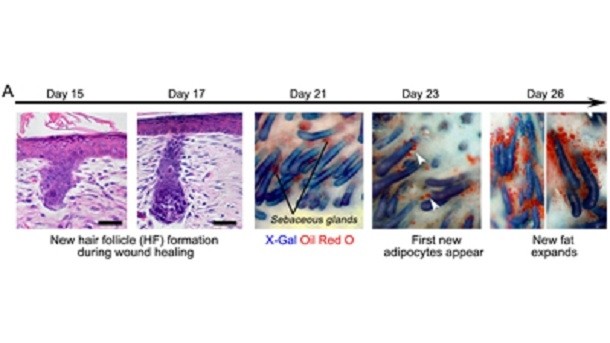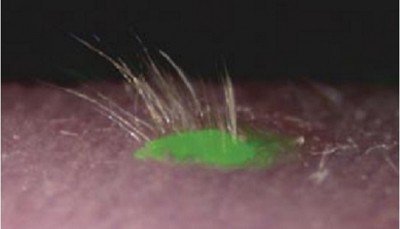New research on the prevention of scars has anti-aging potential

The article, entitled ‘Regeneration of fat cells from myofibroblasts during wound healing’ was published this month in the journal Science, a publication of the non-profit American Association for the Advancement of Science.
Early media response has been optimistic, with the Philly Voice running a headline calling the findings an “unlikely source to prevent scaring” and another in the Christian Post referring to the findings as a “cure to wrinkles and scars.”
Cellular manipulation
By changing the myofibroblasts that normally develop into scar tissue, the scientists began a chain of events that led to the regeneration of fat cells and eventually to ‘normal,’ unwounded skin.
“Essentially, we can manipulate wound healing so that it leads to skin regeneration rather than scarring,” explains George Cotsarelis, principal investigator of the study, in a media release from Penn Medicine. Cotsarelis is a medical doctor as well as chair of the Department of Dermatology and the Milton Bixler Hartzell Professor of Dermatology at Penn.
“The secret,” he adds “is to regenerate hair follicles first. After that, the fat will regenerate in response to the signals from those follicles.”
New learning
The team discovered Bone Morphogenetic Protein, a factor that the hair sends to myofibroblasts, telling them to turn into fat cells.
The team found this factor signaling functioning for both mice and human keloid cells. “Typically, myofibroblasts were thought to be incapable of becoming a different type of cell,” Cotsarelis tells the press. “But our work shows we have the ability to influence these cells, and that they can be efficiently and stably converted into adipocytes.”
Anti-aging too
The headline touting a cure for wrinkles isn’t all hype. The researchers see potential for their findings in a number of applications where adipocyte loss plays a role. Those include wound treatment, HIV treatment, and deep wrinkles resulting from age.
“Our findings can potentially move us toward a new strategy to regenerate adipocytes in wrinkled skin, which could lead us to brand new anti-aging treatments,” acknowledges Cotsarelis.
















